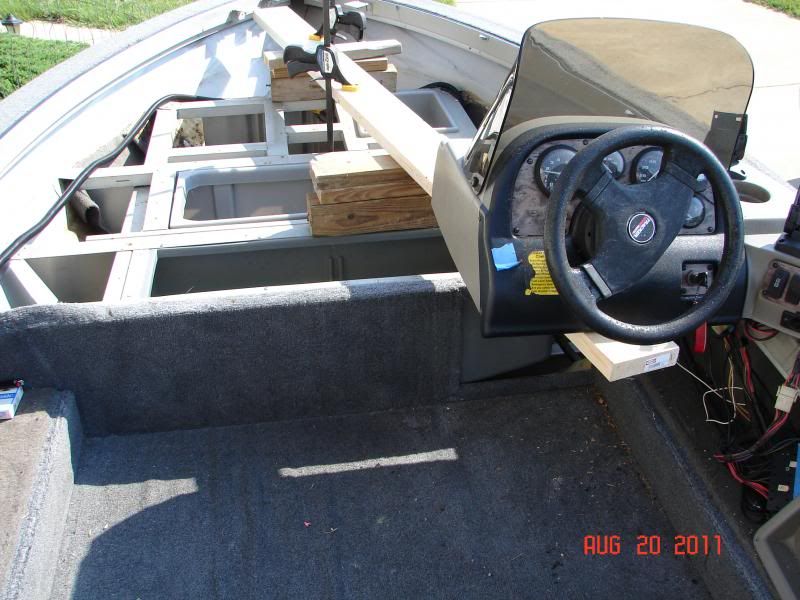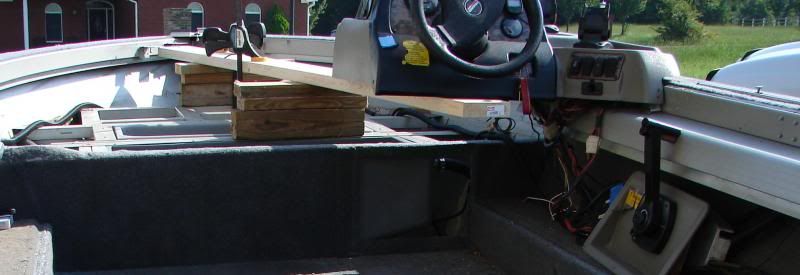Re: Saturated Foam
Remove your saturated foam, it adds water weight to your boat that slows it down and even more importantly saturated foam doesn't float.
Your foam isn't saturated because it's the foams fault, or even the boats fault... it's the owners fault because the boat has been neglected. Your foam has been exposed to water for a very long extended period of time which has caused the saturation. Foam doesn't suck up water like a sponge, nor does it become saturated overnight... or even after a couple of months of exposure, it takes a long time.
From the USComposites foam FAQ section:
14. Is this foam water resistant?
Yes, but with the following caveat. The foams that we sell are considered closed-cell, which means that each cell that makes up the foam structure is completely closed off from surrounding cells which prevents it from acting like a sponge. It is completely safe for this foam to be in contact with water for hours/days/weeks and even months with no adverse effects. However, it should never be submerged in contact with water permanently. Over a period of years the water contact can begin to soften the foam and cause it to lose its closed-cell status. This foam is designed primarily to be used as an insurance policy in case of damage/holes that could cause a vessel to lose buoyancy. Pinhole sized openings would essentially have no effect on the foam since the amount of exposure is so minimal but you should always make repairs as soon as possible to keep the foam effectiveness as good as possible. This will be the case with all after market closed-cell polyurethane foams and even manufacturer installed foams.
This is true with the foam that is/was in your boat, and all the other boats with saturated expanding foam we see on this site.
To keep your foam dry, keep your boat covered and the inside dry with the bilge plug pulled when it's not in use. Pulling the bilge plug is one of the biggest things, it drains the water from the bilge that will saturate your foam if left exposed to it. If you leave your boat docked or moored on the water make sure to have an automatic bilge pump to pump out any water that accumulates and keep it covered too.
I have a '97 Tracker Pro Deep V 17 I bought new, I've kept it covered with the plug out and the foam is bone dry and floats my boat a little better than this because my motor isn't as big as the one on this boat:
Lund Boat Floatation Video - YouTube
I know it floats my boat this well because I occasionally forget to put the plug back in before launching and will fish all day with the plug out only to discover what I did when I pull the boat out of the water and lake water shoots out of the plug hole like a firehose.:laugh:
The expanding urethane foam is the best foam to use because it bonds itself to the hull and won't rattle or squeak when walk on or the boat is under power, it also doesn't depend on the decking to hold it in the boat should the boat fill with water.
The pink and blue extruded polystyrene rigid sheet foam insulation is a popular floatation foam used with a lot of resto on this forum, it's a little less expensive than the expanding foam and easy to work with. It's also closed cell and takes a very long time to saturate.
Pool noodles are also used in some restos here, they're easy to work with but have the least floatation value of the 3 kinds of foam and are the most expensive to use because of the lacking floatation value.
I have some tips and trick for working with the expanding foam if you're interested in using it, if you need any help just give a holler.





















